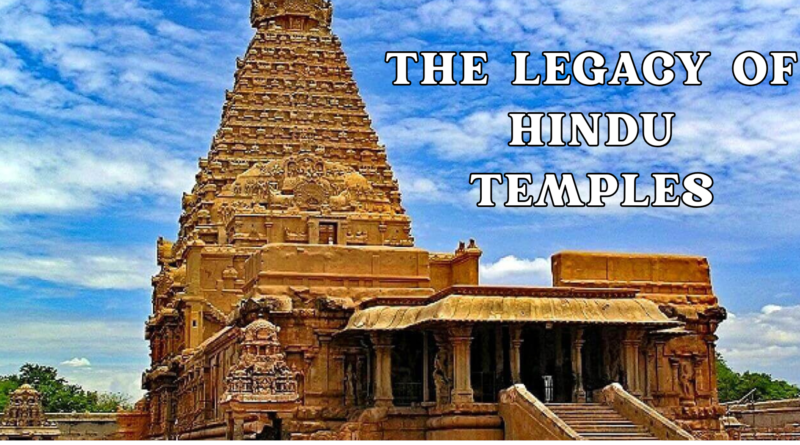THE SACRED HEART OF INDIA – A BIG STORY OF HINDU TEMPLES
Once upon a time, thousands of years ago, on the vast and fertile lands of Bharat (ancient India), sages and seers would meditate under the shade of giant banyan trees, whispering mantras into the wind. They believed that the universe was filled with divine energy – and that this energy could be channeled into specific places on Earth. Thus began the journey of the Hindu temple, not as a structure of bricks, but as a living space of sacred power, devotion, and cosmic connection.
In the Vedic age, there were no temples. People worshipped through fire rituals, called Yajnas, performed in open air. Gods like Agni, Indra, and Varuna were invoked through chants. But as time passed, the form of worship evolved. People longed for a physical space to feel closer to the Divine. Slowly, the temple emerged, not just as a building, but as a spiritual machine – designed precisely to amplify cosmic vibrations.
Ancient architects, known as Sthapathis, and scholars of Vastu Shastra, began designing temples using mathematics, astronomy, and sacred geometry. Every stone, every corner of the temple followed rules – because the temple was considered a replica of the human body and the universe. The Garbhagriha (sanctum) was the womb, the tower above it (Shikhara or Vimana) represented Mount Meru – the mythical center of the universe.
Kings and dynasties competed not in war, but in devotion. From the rock-cut temples of Ellora, to the towering spires of Khajuraho, from the grandeur of Brihadeeswara in Tamil Nadu, to the Jagannath Temple in Puri – temples became more than prayer houses. They were cultural hubs – filled with music, dance, sculpture, learning, and food for all. Pilgrimage routes were formed, bringing people from all walks of life together in a shared spiritual journey.
But Hindu temples were not only places of worship. They were places of community, art, education, and science. Astronomy was studied by observing the temple shadows; dance evolved as an offering to gods; sculpture reached unimaginable heights through depictions of mythology on temple walls; Ayurveda and medicine found support through temple-funded healing centers.
Despite invasions, natural disasters, and political shifts, the temples of India stood strong. Some were destroyed and rebuilt. Others were forgotten and rediscovered. Yet, their heartbeat never stopped – because millions of devotees continued to believe, to pray, and to feel a power that went beyond reason.
Today, whether you walk into the simple village shrine under a neem tree, or step barefoot into the massive halls of Meenakshi Temple in Madurai, or climb the 272 steps to Batu Caves in Malaysia, or ring the bells of Badrinath in the Himalayas – you are not just walking into a temple. You are stepping into a living, breathing story that has flowed through centuries.
Hindu temples are not just monuments. They are energy fields, time machines, memory keepers, and bridges between the human and the divine. As long as a devotee folds their hands, offers a flower, or sheds a tear in surrender, the temple will continue to live.




